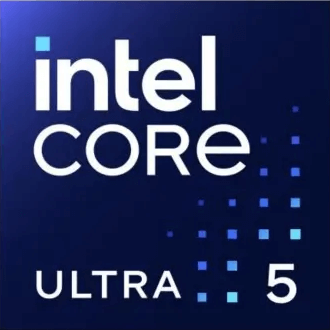Intel Celeron N4500 vs Intel Core i9 11900H
We compared two laptop CPUs: Intel Celeron N4500 with 2 cores 1.1GHz and Intel Core i9 11900H with 8 cores 2.1GHz . You will find out which processor performs better in benchmark tests, key specifications, power consumption and more.
Main Differences
Intel Celeron N4500 's Advantages
Lower TDP (6W vs 45W)
Intel Core i9 11900H 's Advantages
Better graphics card performance
Higher specification of memory (3200 vs 2933)
Larger memory bandwidth (51.2GB/s vs 45.8GB/s)
Newer PCIe version (4.0 vs 3.0)
Higher base frequency (2.5GHz vs 1.1GHz)
Larger L3 cache size (24MB vs 4MB)
Score
Benchmark
Cinebench R23 Single Core
Intel Celeron N4500
452
Intel Core i9 11900H
+249%
1578
Cinebench R23 Multi Core
Intel Celeron N4500
707
Intel Core i9 11900H
+1602%
12038
Geekbench 6 Single Core
Intel Celeron N4500
515
Intel Core i9 11900H
+308%
2106
Geekbench 6 Multi Core
Intel Celeron N4500
882
Intel Core i9 11900H
+711%
7160
Blender
Intel Celeron N4500
7
Intel Core i9 11900H
+2385%
174
Geekbench 5 Single Core
Intel Celeron N4500
578
Intel Core i9 11900H
+165%
1532
Geekbench 5 Multi Core
Intel Celeron N4500
1071
Intel Core i9 11900H
+617%
7683
Passmark CPU Single Core
Intel Celeron N4500
1362
Intel Core i9 11900H
+132%
3166
Passmark CPU Multi Core
Intel Celeron N4500
1984
Intel Core i9 11900H
+963%
21106
General Parameters
Jan 2021
Release Date
May 2021
Intel
Manufacturer
Intel
Laptop
Type
Laptop
x86-64
Instruction Set
x86-64
Jasper Lake
Core Architecture
Tiger Lake H45
N4500
Processor Number
i9-11900H
BGA-1338
Socket
BGA-1787
UHD Graphics (Jasper Lake 16 EU)
Integrated Graphics
UHD Graphics for 11th Gen (32 EU)
Package
10 nm
Manufacturing Process
10 nm
6 W
Power Consumption
35-45 W
105 °C
Peak Operating Temperature
100 °C
CPU Performance
2
Performance Cores
8
2
Performance Core Threads
16
1.1 GHz
Performance Core Base Frequency
2.1-2.5 GHz
-
Performance Core Turbo Frequency
4.9 GHz
2
Total Core Count
8
2
Total Thread Count
16
100 MHz
Bus Frequency
100 MHz
11x
Multiplier
21-25x
32 K per core
L1 Cache
96 K per core
384 K per core
L2 Cache
1280 K per core
4 MB shared
L3 Cache
24 MB shared
No
Unlocked Multiplier
No
Memory Parameters
DDR4-2933
Memory Types
DDR4-3200
32 GB
Max Memory Size
128 GB
2
Max Memory Channels
2
45.8 GB/s
Max Memory Bandwidth
51.2 GB/s
No
ECC Memory Support
No
Graphics Card Parameters
true
Integrated Graphics
true
350 MHz
GPU Base Frequency
350 MHz
750 MHz
GPU Max Dynamic Frequency
1450 MHz
256
Shader Units
256
16
Texture Units
16
8
Raster Operation Units
8
16
Execution Units
32
6 W
Power Consumption
15 W
0.24 TFLOPS
Graphics Performance
0.742 TFLOPS








